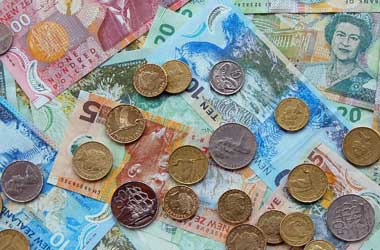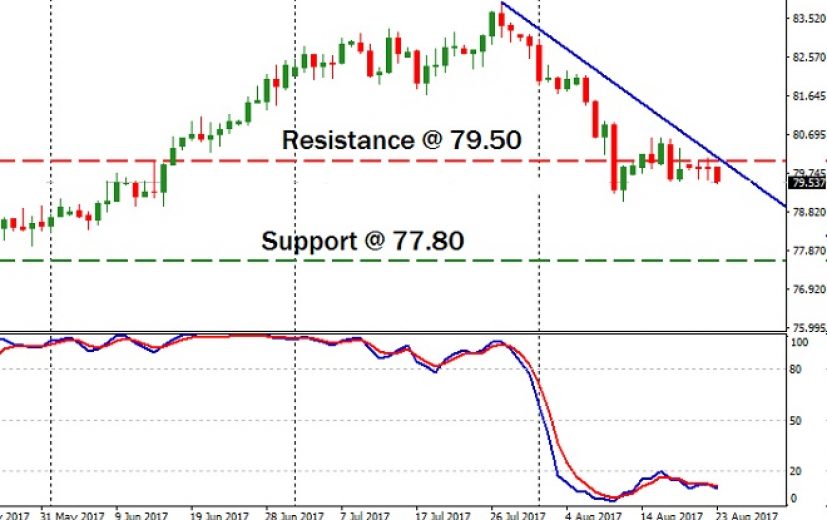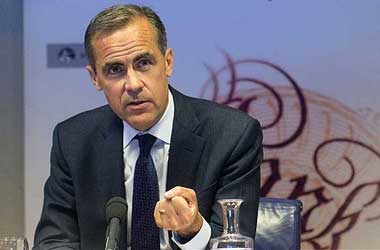 Tensions between North Korea and the US had forced investors to look for safe haven assets earlier this month. That boosted the demand for the Swiss Franc, Yen and gold.
Tensions between North Korea and the US had forced investors to look for safe haven assets earlier this month. That boosted the demand for the Swiss Franc, Yen and gold.
In particular, the Yen gained strength even against the commodity currencies such as the Aussie, New Zealand dollar, and the Canadian dollar. The New Zealand dollar also fell due to a decline in the average price of dairy products in the two previous auctions.
As geopolitical tensions eased, most of the major currencies started regaining the lost ground against the Yen. However, the NZD/JPY pair, which is trading at 79.40, is poised for a deeper decline due to reasons given below.
The Prime Minister of New Zealand has scheduled the 2017 general election on September 23rd. Opinion polls indicate the possibility of a ‘hung parliament’. Even though it is not unusual for the country, still, investors would wait for the formation of a stable government. Thus, it can be argued that the Kiwi dollar has hit its peak for the short-term.
Bloomberg TV Markets and Finance
The RBNZ held the interest rates unchanged at the recent monetary policy meeting. While the decision was on expected lines, the committee’s decision to keep the rates low for the next two years was largely unexpected. Such a dovish stance of the Reserve Bank of New Zealand is also making the currency vulnerable to profit booking.
Finally, the BNZ risk appetite index, which is at the 80% level, indicates negligible chances of further gains for the New Zealand dollar. Despite easing Korean tensions, the Yen continues to remain strong due to a series of positive economic data. The IHS Markit reported better than anticipated PMI (purchasing managers index) reading of 52.8 in August, as against 52.1 in July and higher than analysts’ estimates of 52.3. The flash manufacturing output grew at the fastest pace in three months to 53.1.
Notably, in June, the second-quarter GDP grew by an annualized rate of 4%, the highest in two years. Likewise, the unemployment rate had fallen to a 23 year low of 2.8%. Thus, election related uncertainty and neutral stance of the RBNZ are turning the Kiwi dollar weak, while the Yen is buoyed by strong economic data.
The historic price chart indicates that the NZD/JPY pair continues to move along the descending trend line, after breaking below the support at 80. The stochastic oscillator is moving in the bearish zone. On the downside, the currency cross is expected to receive support only at 77.80. Thus, we expect the NZD/JPY pair to undergo a deeper decline.
A short position can be opened in the NZD/JPY pair near 79.0, with a stop loss order above 80.0. If we go ahead with the trade, an order to book profit would be placed at 77.80.
In the binary market, we wish to invest in a put option to gain from the predicted decline of the NZD/JPY pair. A strike price near 79.0 would increase the chance of success in the deal. The option should be valid for a week.




